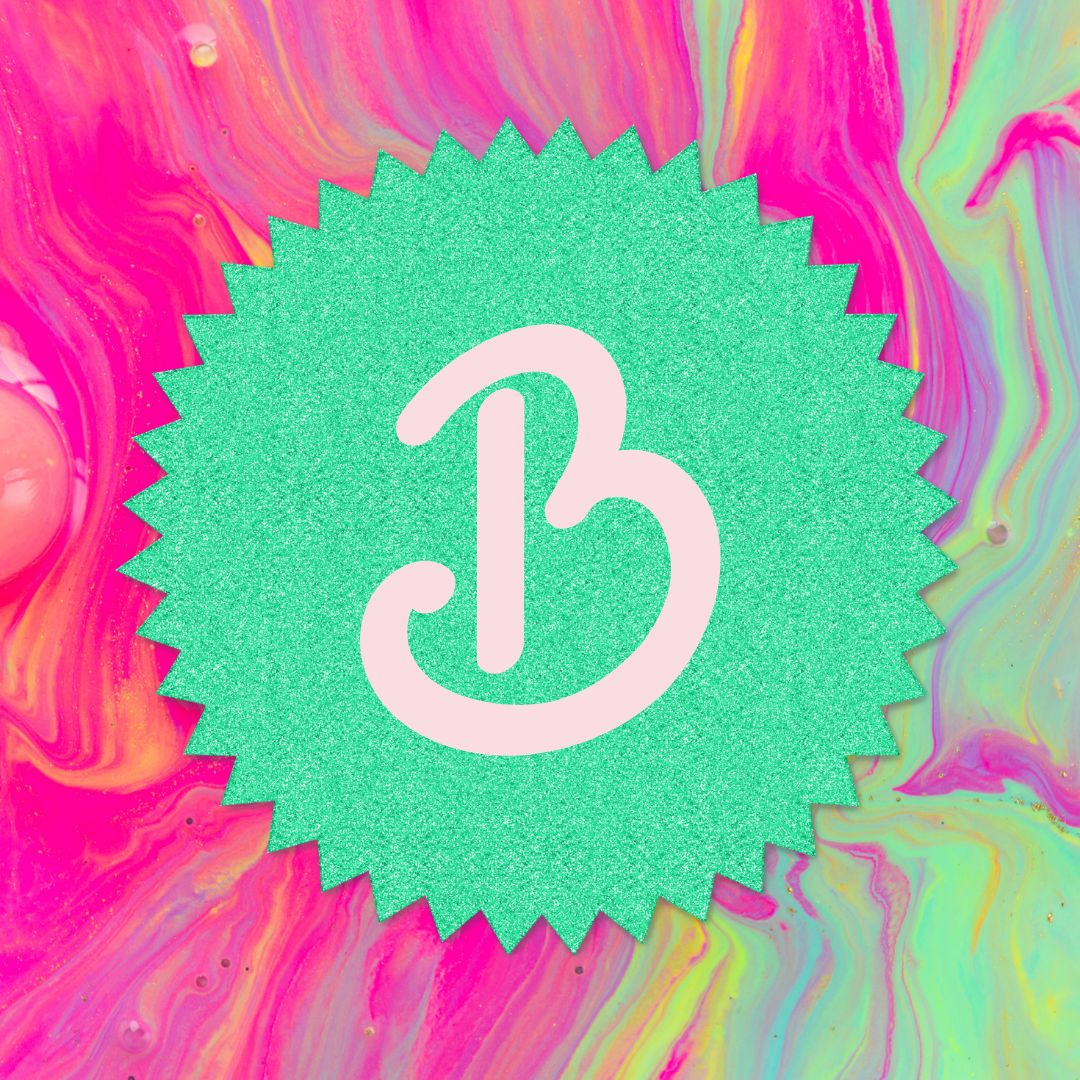The hits.
Firstly, the movie was entertaining. From the point of view of me as a human being going to the movies without any political agenda, the movie was fun, colorful, smart, and funny. And I liked Margot Robbie and Ryan Gosling. The acting was good, the storyline moved, and the writing was witty.
Secondly, it was unexpected and interesting. As mentioned, my expectation was that of a glorified Barbie movie. Instead, the movie takes on Barbie in the context of patriarchy — “Barbieland” lies in juxtaposition to the “Real World,” where the former is female-dominated and the latter is male-dominated.
One of my favorite lines in the movie is when Ken meets the Real World “Corporate Man” who explains that you can’t openly discriminate against women, but you can get “better at hiding it.”
Thirdly, we see plus-size Barbies and a Black Barbies with more than a background role (more on this later), and a general sense of no one is better than anyone else. Barbie is friends with all the Barbies; there is no sense of hierarchy or competition among them. Barbie World seems absent of petty gossip and cliques, and celebrates camaraderie among women instead of dividing them into haves and have-nots.
I also thought the movie was, refreshingly, making fun of itself.Barbie seems genuinely shocked that having dolls that promote “girl-power” wasn't enough to actually change anything in the Real World. Mattel is still represented by a boardroom of clueless men (depicted by Will Farrell) and I love that Greta Gerwig got away with this.
(I do wish there had been a slightly less clueless man represented — I think patriarchy is actually led by highly intelligent men who represent ego more than ignorance.)
I guess they know that all press is good press, especially to the tune of $775 million-dollars in sales (and counting).
The movie also takes on the very idea of “Stereotypical Barbie” (portrayed by the “flawless” Margot Robbie) directly. By the end of the movie, we are meant to understand that women don’t need men to have purpose or value (well done, I thought — Barbie has no interest in Ken’s advances throughout the film),
AND that beauty for beauty’s sake is not fulfilling in and of itself, and doesn’t equate to happiness.
At least, that’s what people are saying.
But that leads into the “misses.”



